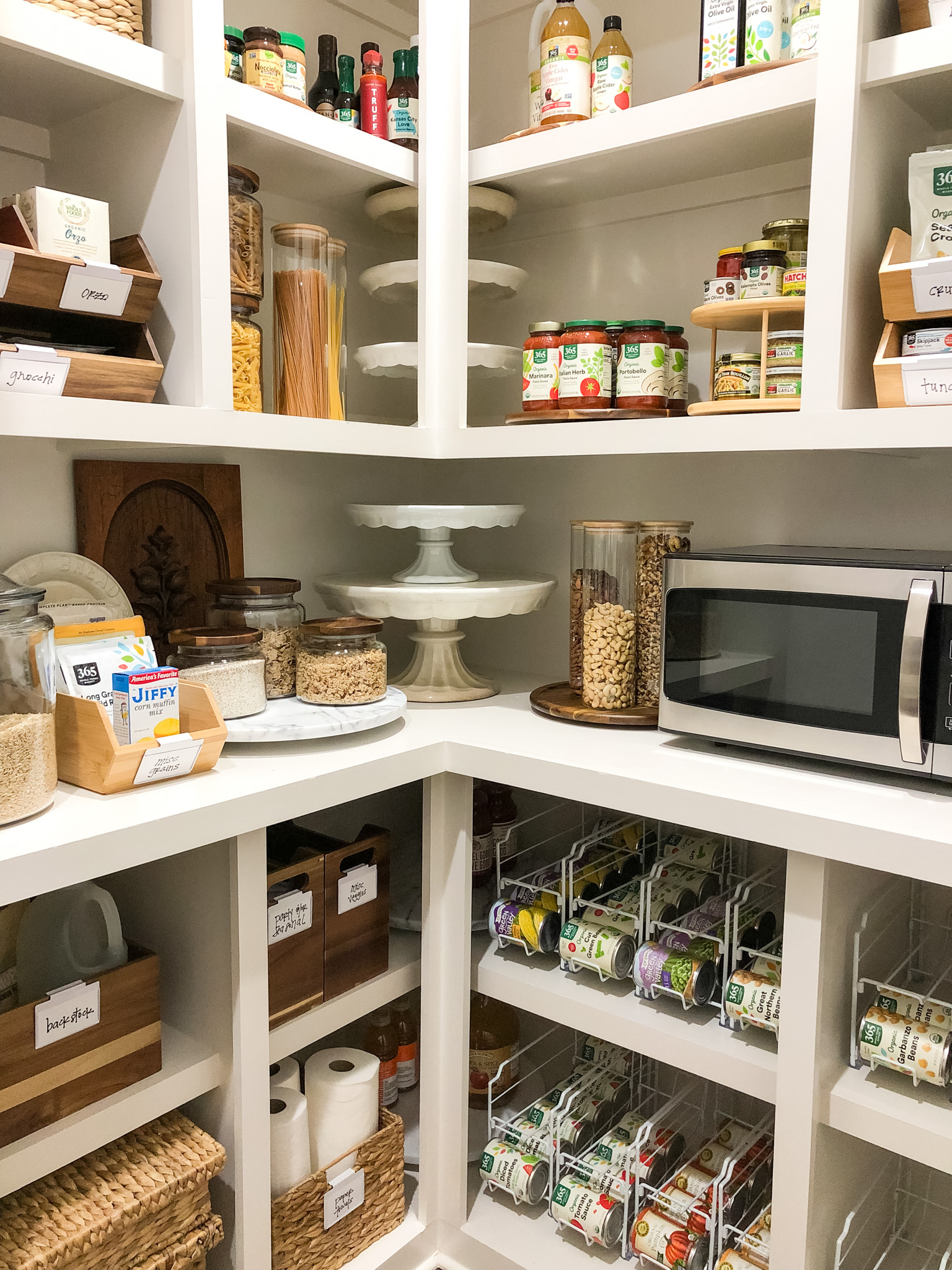Organizing your pantry can feel like a daunting task, but it’s incredibly rewarding once completed. Whether you have a small space or a walk-in pantry, creating a system that is easy to maintain will not only save you time but also make cooking more enjoyable. In this article, we'll go over key strategies for pantry organization, from shelving solutions to storage containers, to help you optimize your space and make it more functional. Let’s dive into the best tips to get your pantry in order!
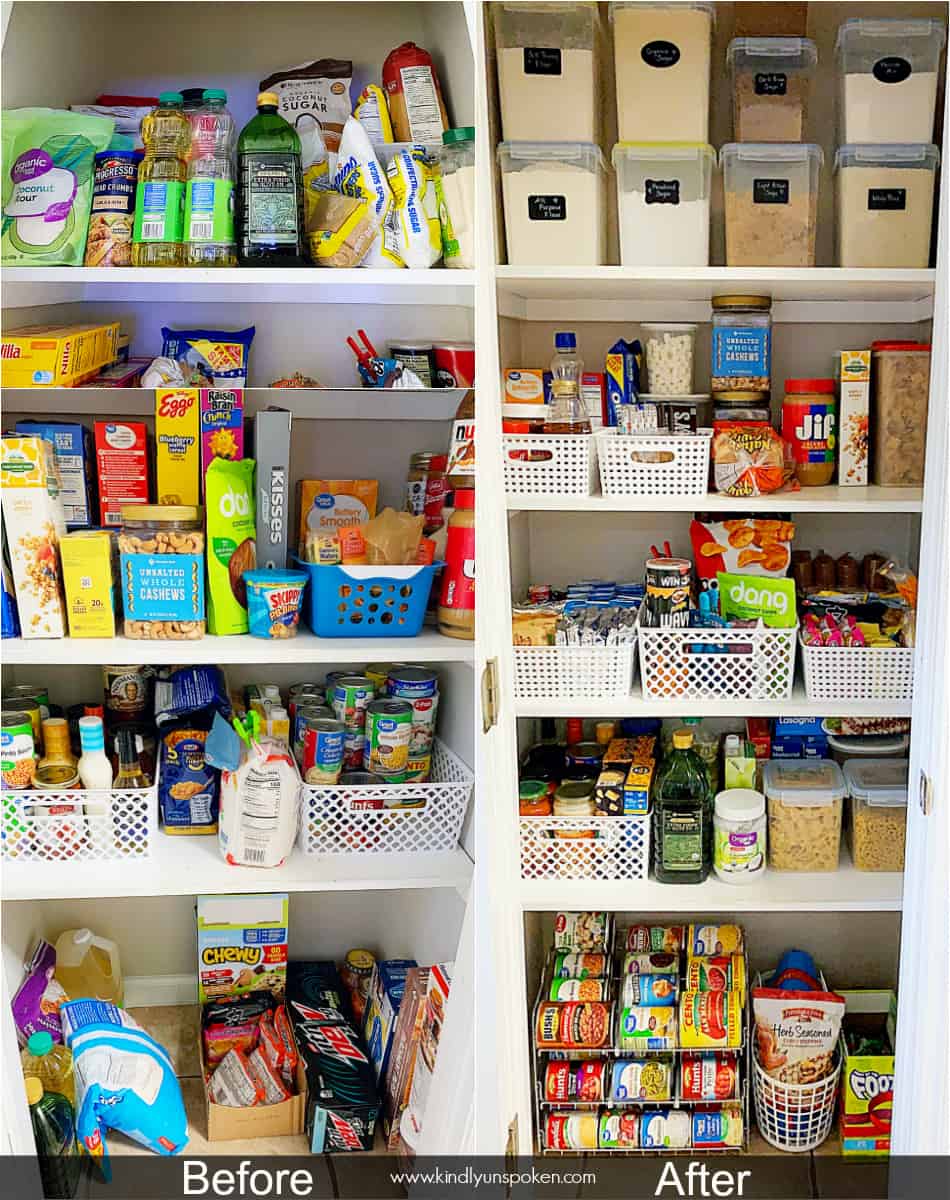
1. Decluttering Your Pantry: The first step in pantry organization is always decluttering. This means pulling everything out of the shelves and sorting through items to check expiration dates. Get rid of anything expired, damaged, or that you know you’ll never use. Decluttering creates a fresh starting point, giving you clarity on what items you truly need and what can be removed. After decluttering, you'll have a better idea of the space available for proper organization.
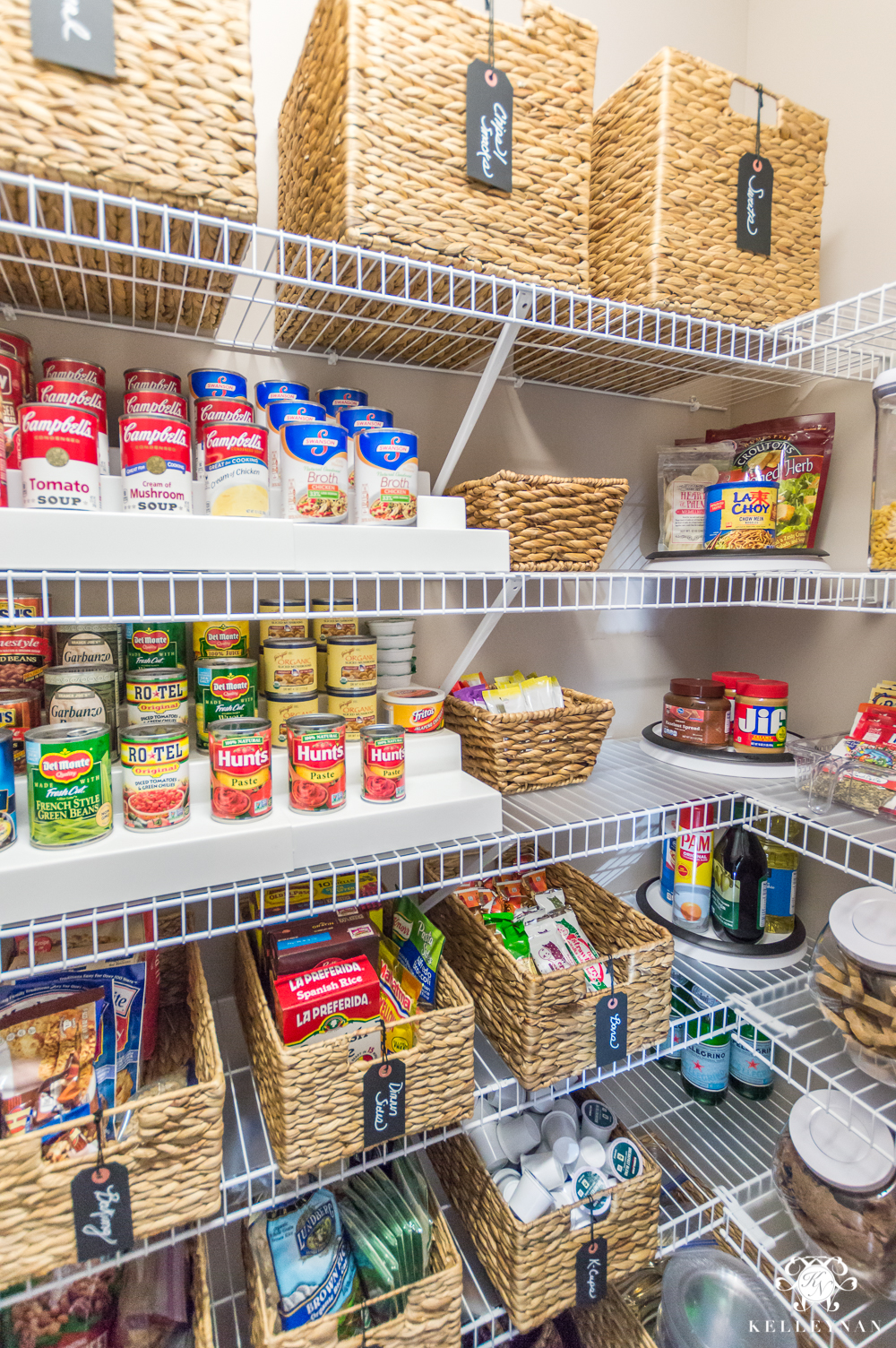
2. Grouping Similar Items Together: Grouping similar products together is a must for an organized pantry. Whether it's canned goods, baking supplies, or snacks, keeping like items together makes them easier to find. It’s also helpful to create zones based on your cooking habits, such as a section for everyday essentials or a spot for rarely-used ingredients. By grouping items, you can quickly locate what you need, making meal prep smoother and faster.
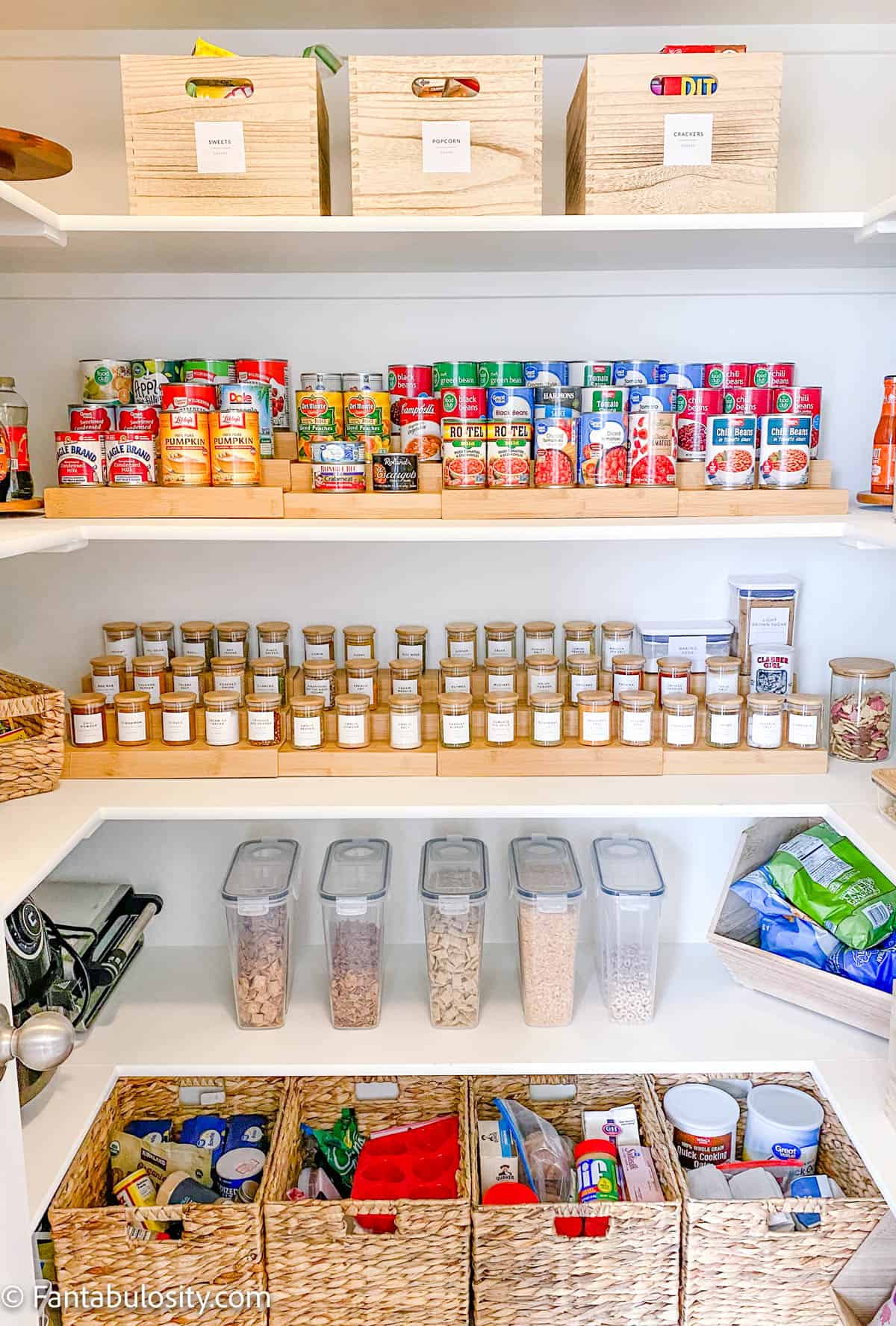
3. Investing in Clear Storage Containers: One of the best pantry organization hacks is to invest in clear storage containers. Not only do they make your pantry look tidy, but they also keep items fresher for longer and prevent pests. Clear containers allow you to easily see what’s inside, which is especially helpful for bulk items like grains, pasta, or snacks. Make sure to label the containers to avoid any confusion, and stack them neatly on shelves for a streamlined look.
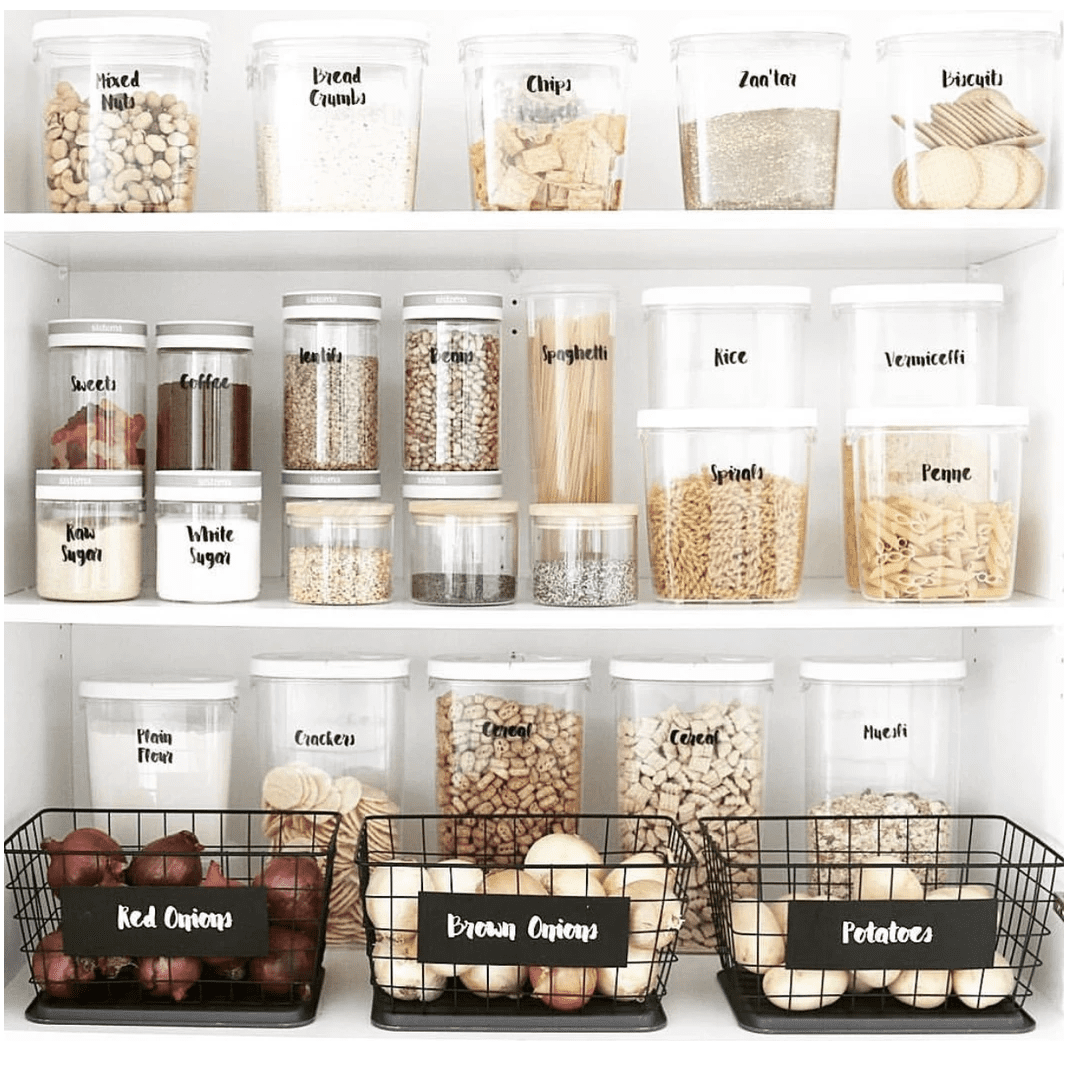
4. Maximizing Vertical Space: Many people overlook the vertical space in their pantry, but it can be a game-changer for maximizing storage. Use stackable shelves, risers, or hanging racks to make use of the vertical area. You can even install adjustable shelving to accommodate items of different heights. By optimizing vertical space, you’ll make room for more products without overcrowding the pantry.
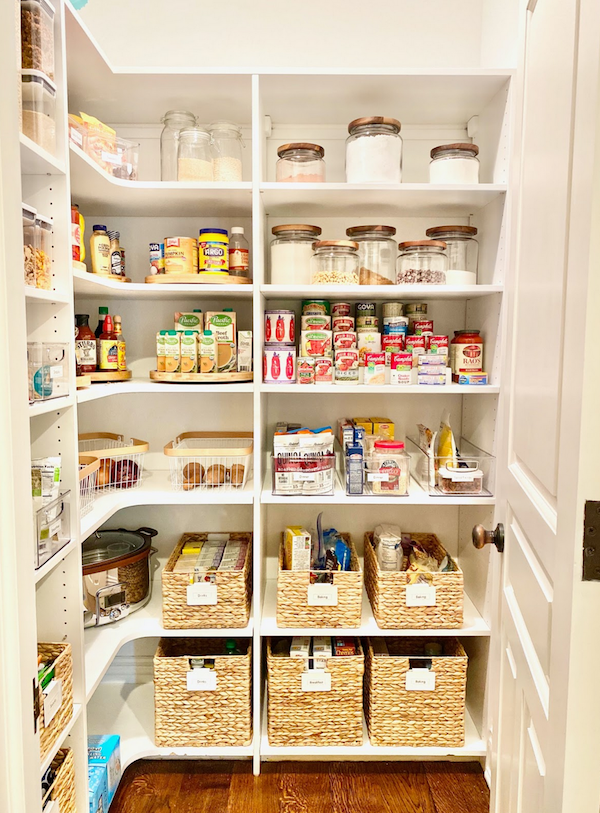
5. Utilizing the Back of the Door: The back of the pantry door is often unused, but it’s prime real estate for additional storage. You can install hooks, racks, or over-the-door organizers to hold lightweight items such as spices, condiments, or snacks. This not only clears up shelf space but also keeps small items organized and within easy reach. Utilizing this space can greatly expand your storage options in a small pantry.
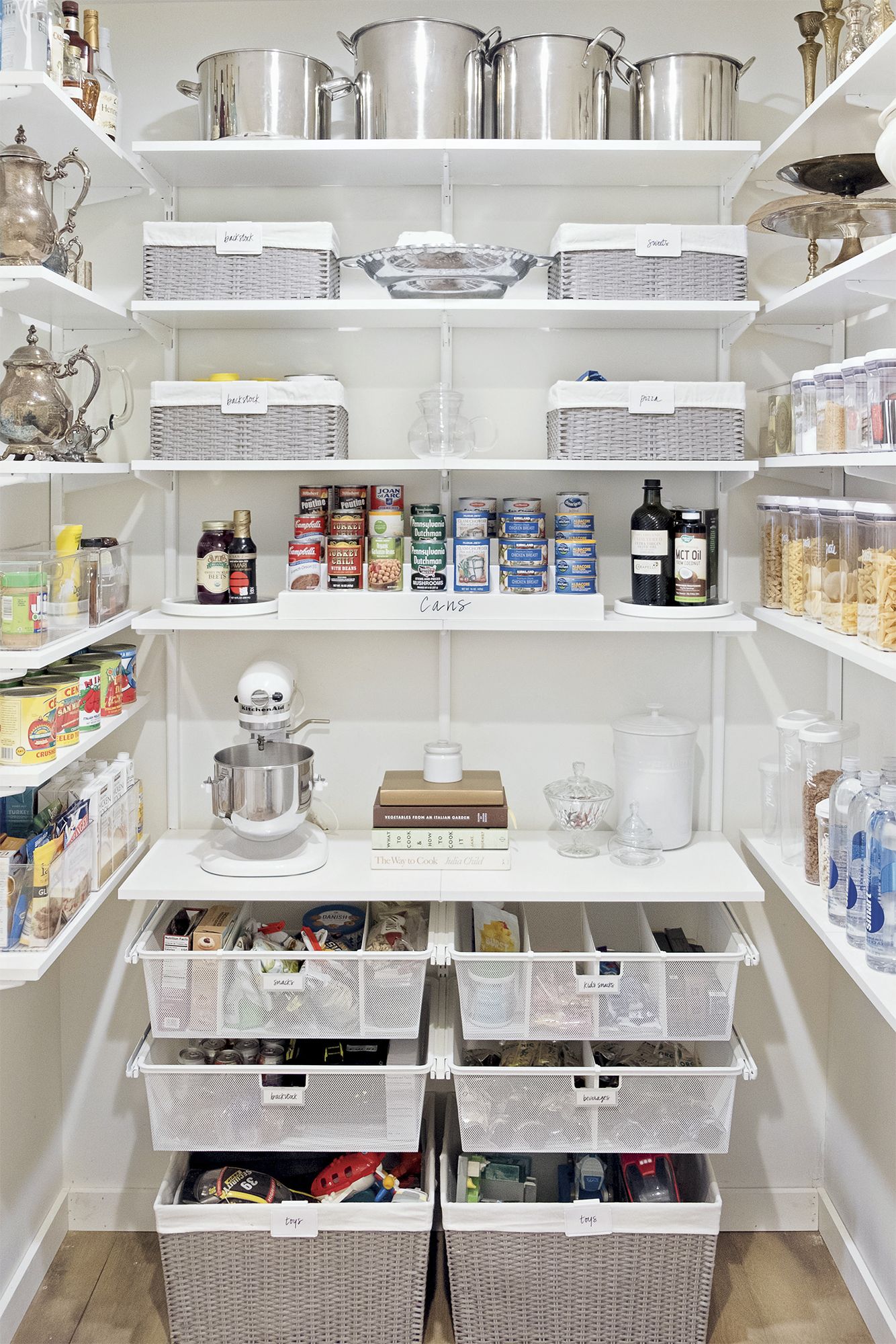
6. Labeling Everything Clearly: Labeling is an essential step for pantry organization. It eliminates guesswork when grabbing items and ensures that everyone in the household can keep the space organized. Use waterproof or chalkboard labels on containers, shelves, and bins to keep everything in its place. Not only does labeling add a decorative touch, but it also makes restocking and cleaning a breeze.
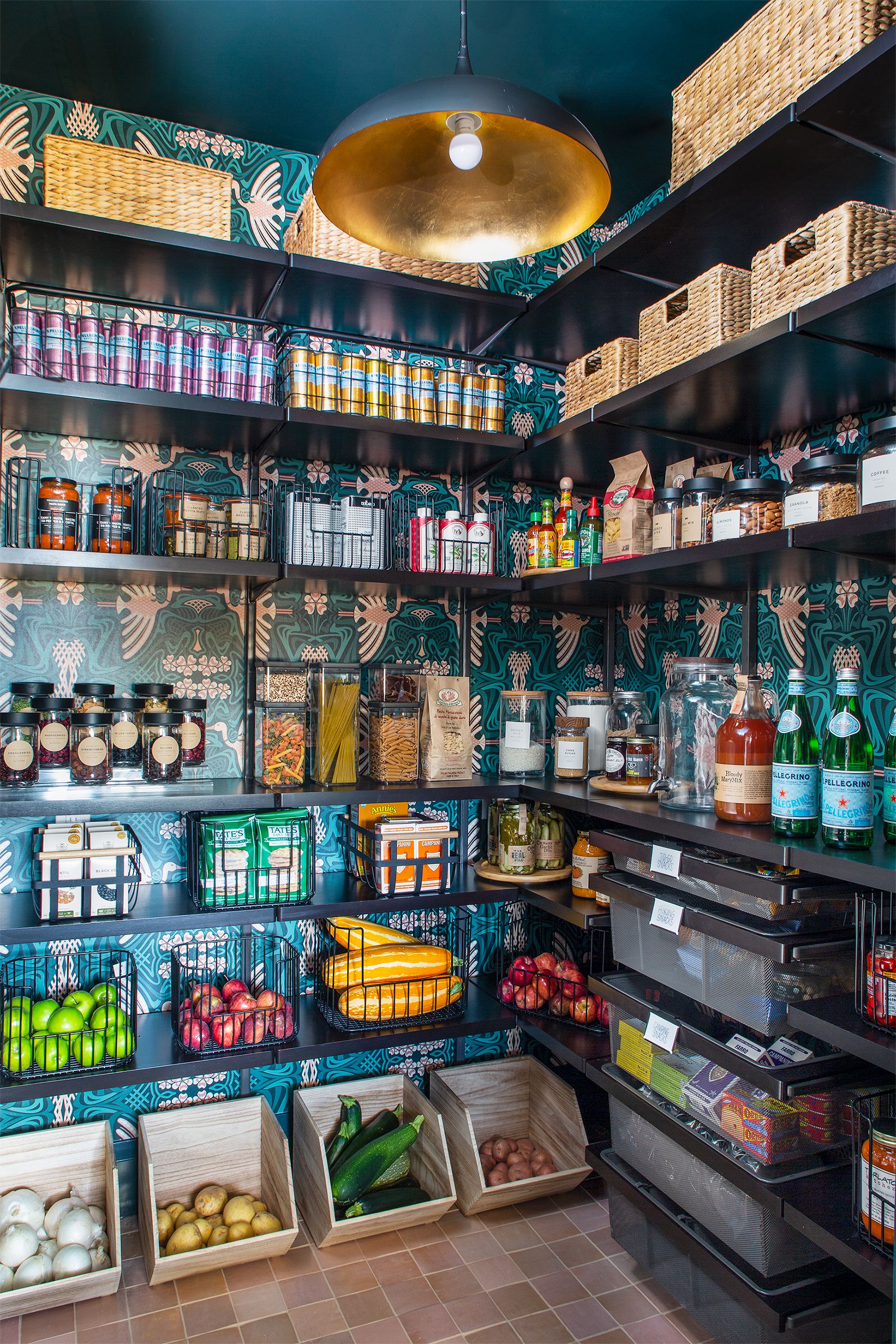
7. Creating a System for Frequent Restocking: To maintain a neat pantry, it’s important to establish a system for restocking. A popular strategy is using the “first in, first out” (FIFO) method, which ensures older products are used first before newer ones. Place recently purchased items toward the back of the shelf, keeping the older ones up front. This method helps avoid waste and ensures that food stays fresh longer.
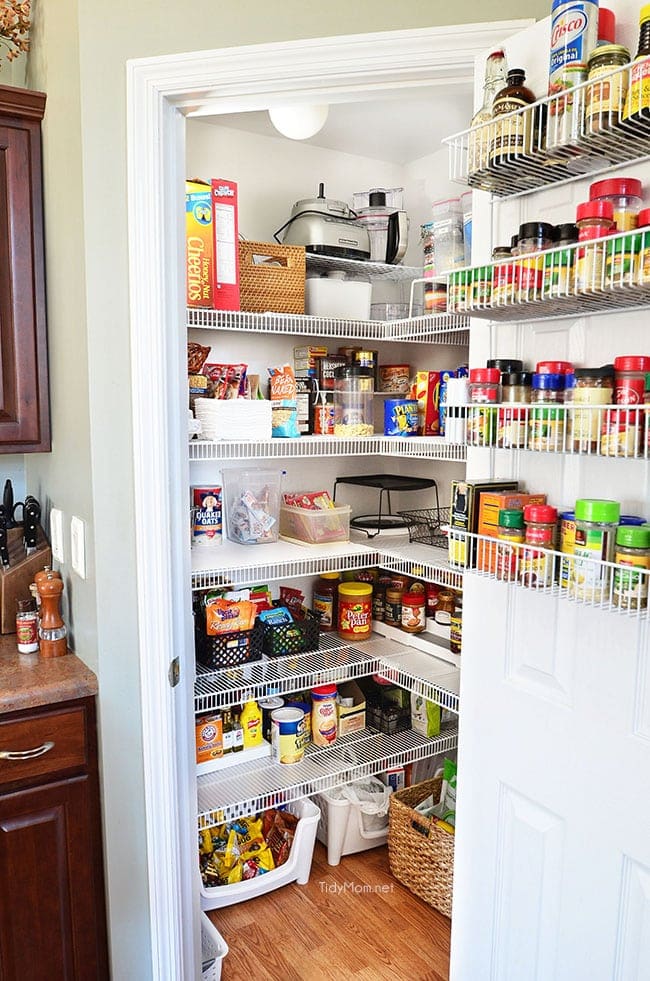
8. Incorporating Baskets and Bins: Using baskets and bins is a fantastic way to corral loose items in the pantry. These are great for storing small snacks, baking supplies, or other miscellaneous products that don’t fit neatly on shelves. Baskets can also add a decorative element to your pantry while serving a practical purpose. Consider using bins with handles for easy access to items stored on higher shelves.
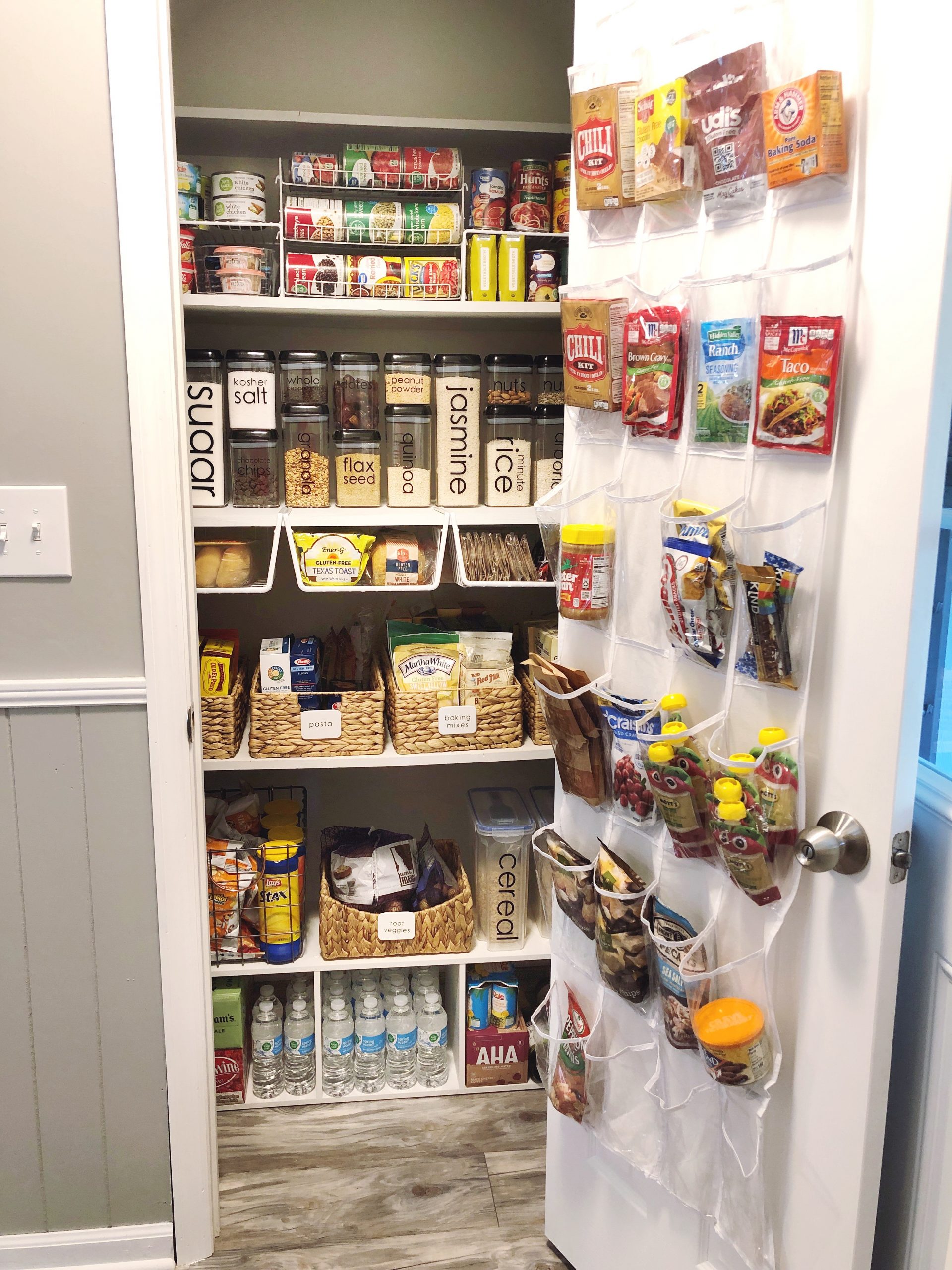
9. Maintaining Your Pantry Regularly: Once your pantry is organized, maintaining it is key. Set aside time each month to tidy up and ensure everything is in its designated spot. Take inventory of what’s running low and what needs to be restocked. By regularly maintaining your pantry, you’ll avoid clutter from building up again and ensure that your pantry remains functional and easy to navigate.
